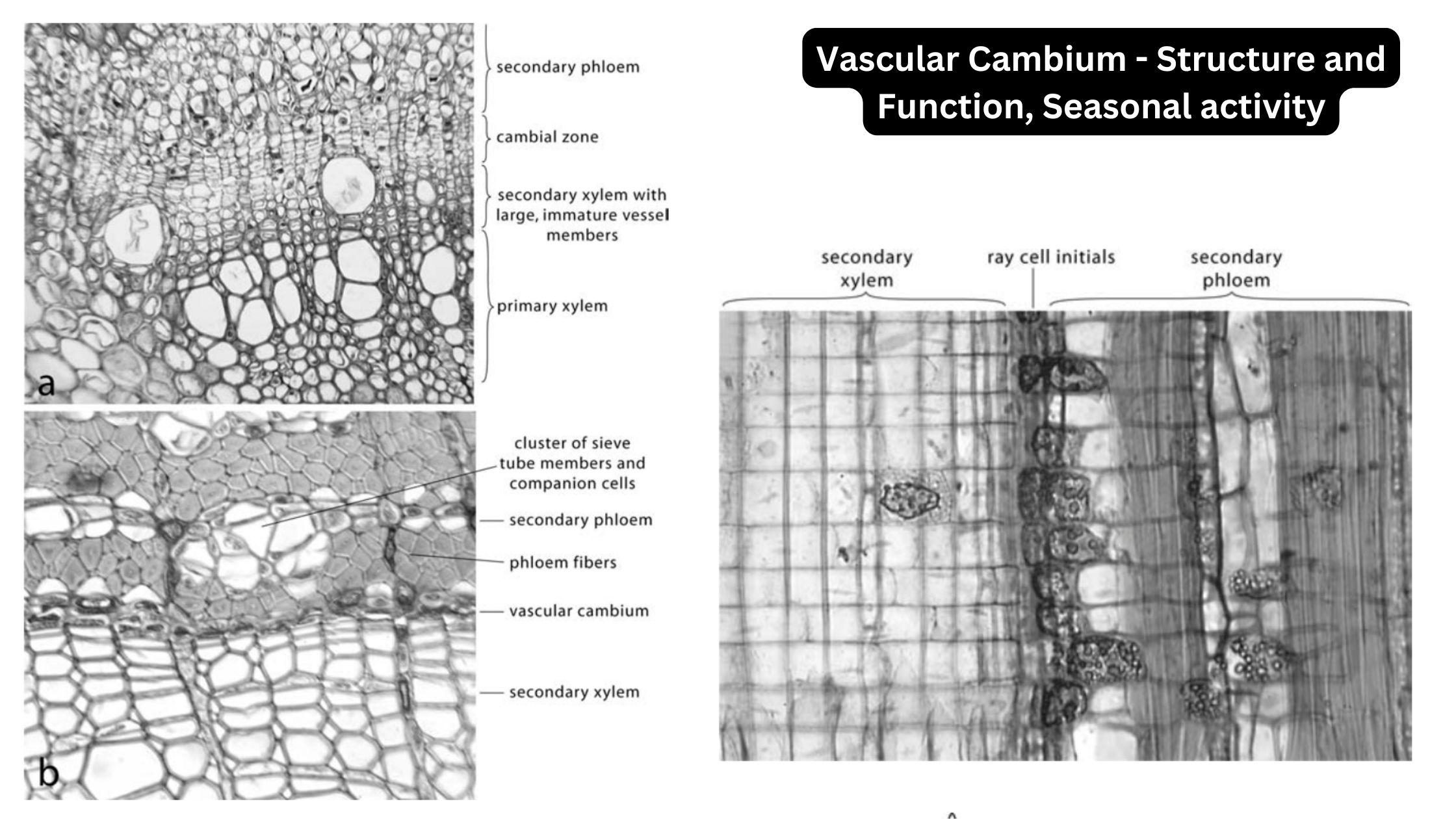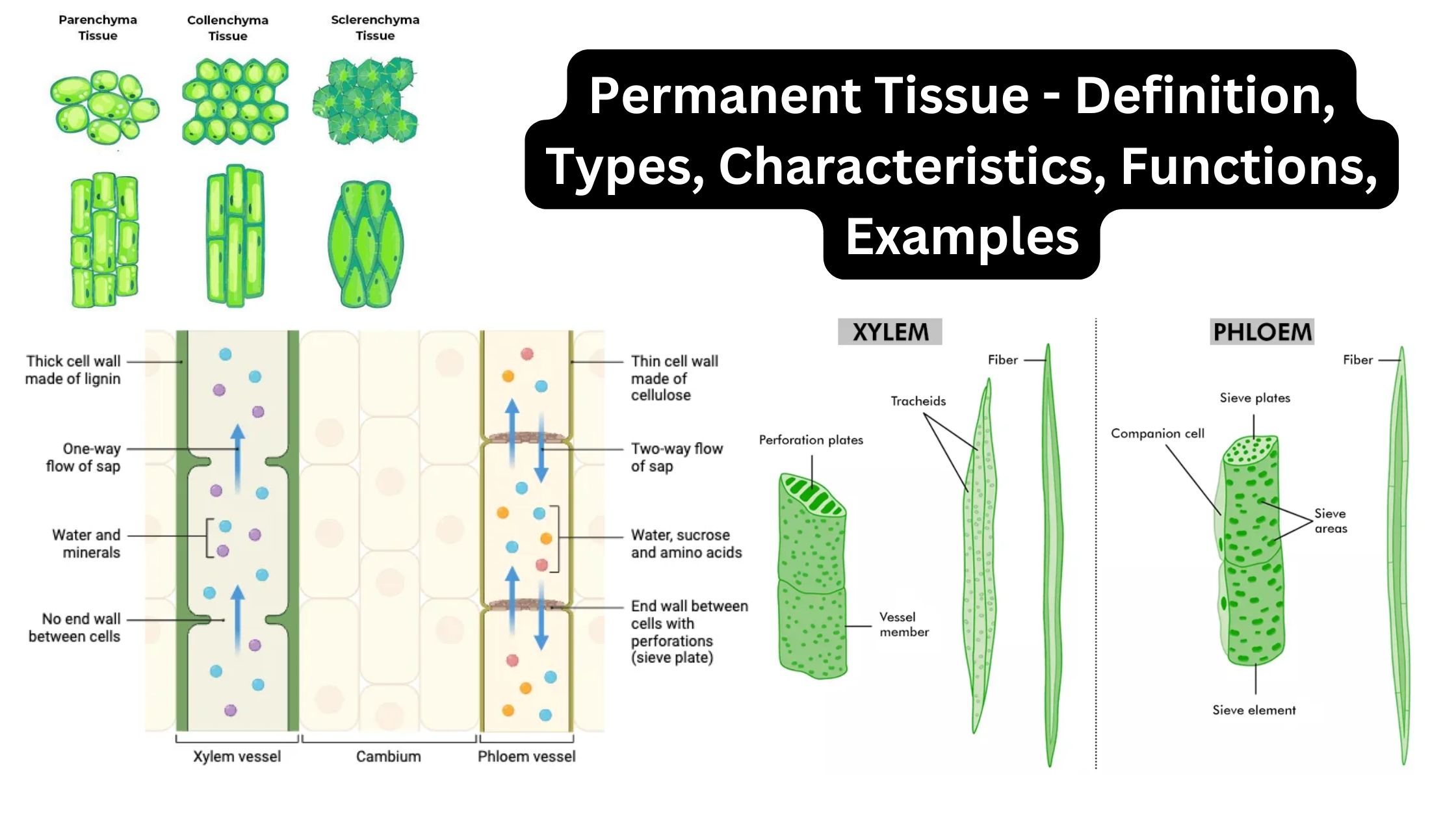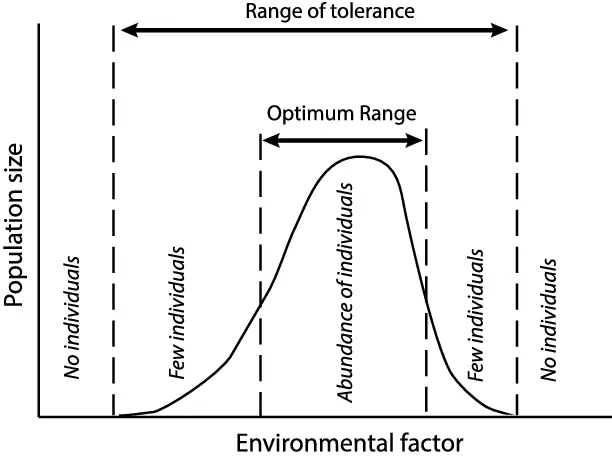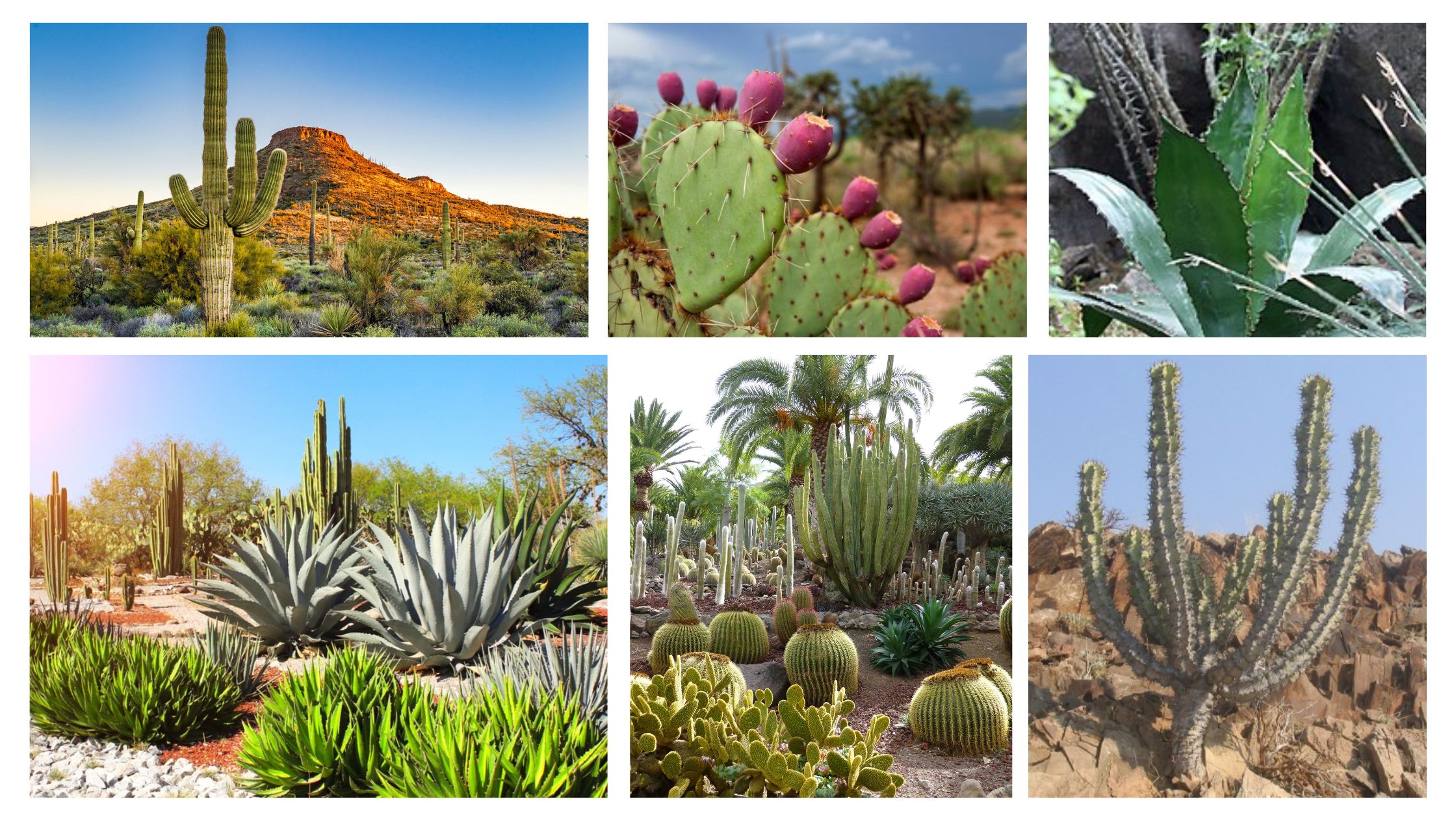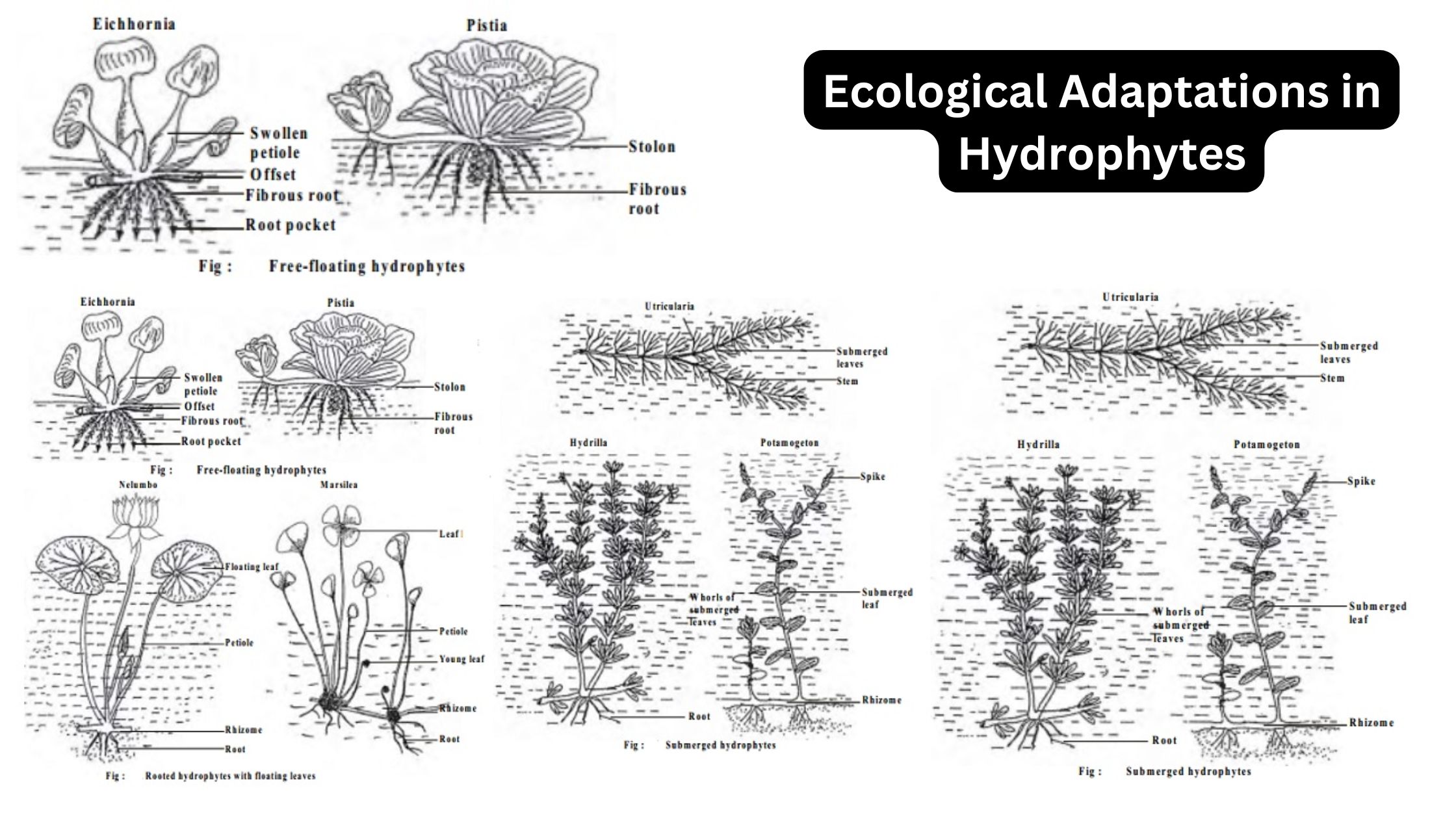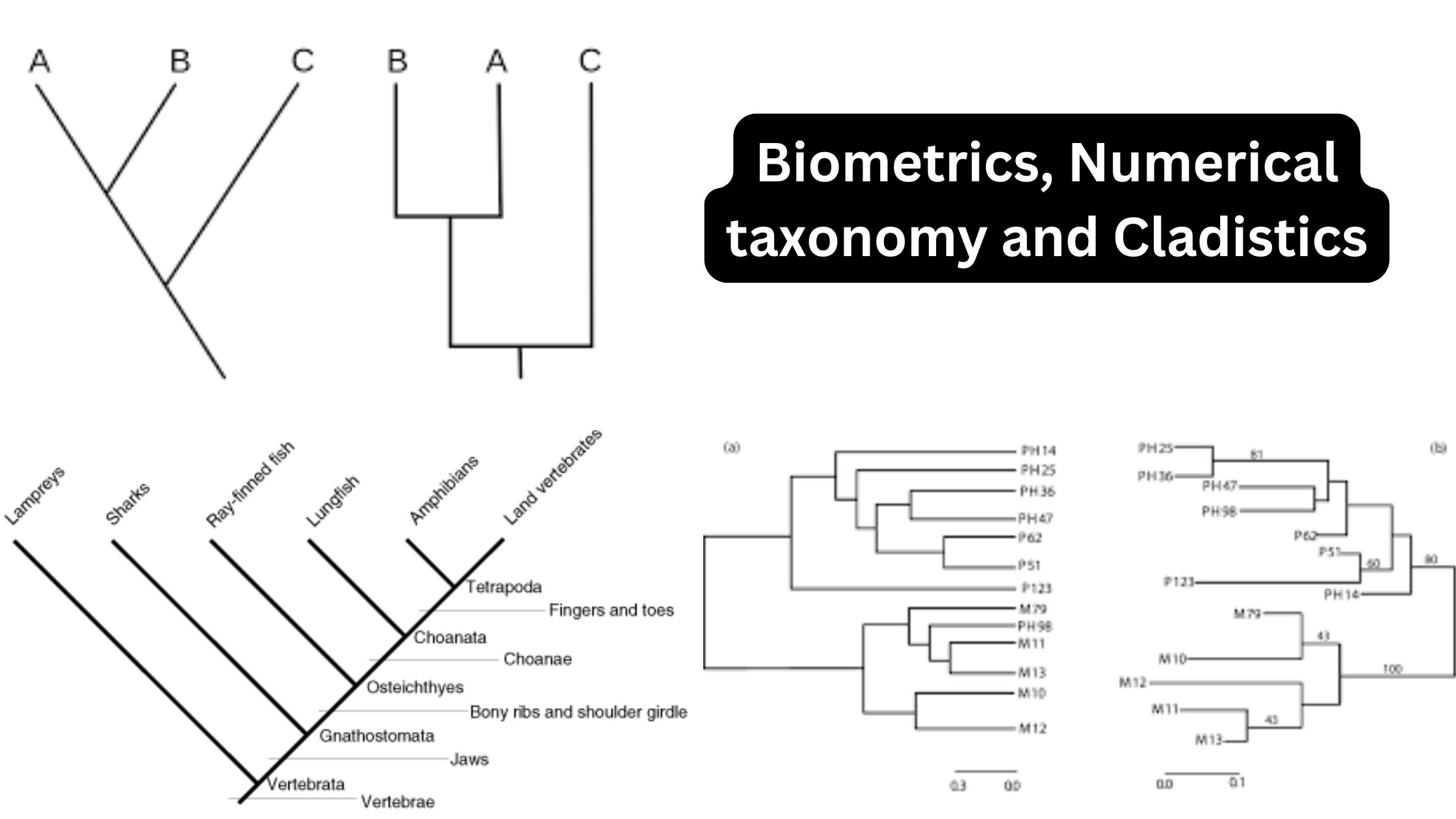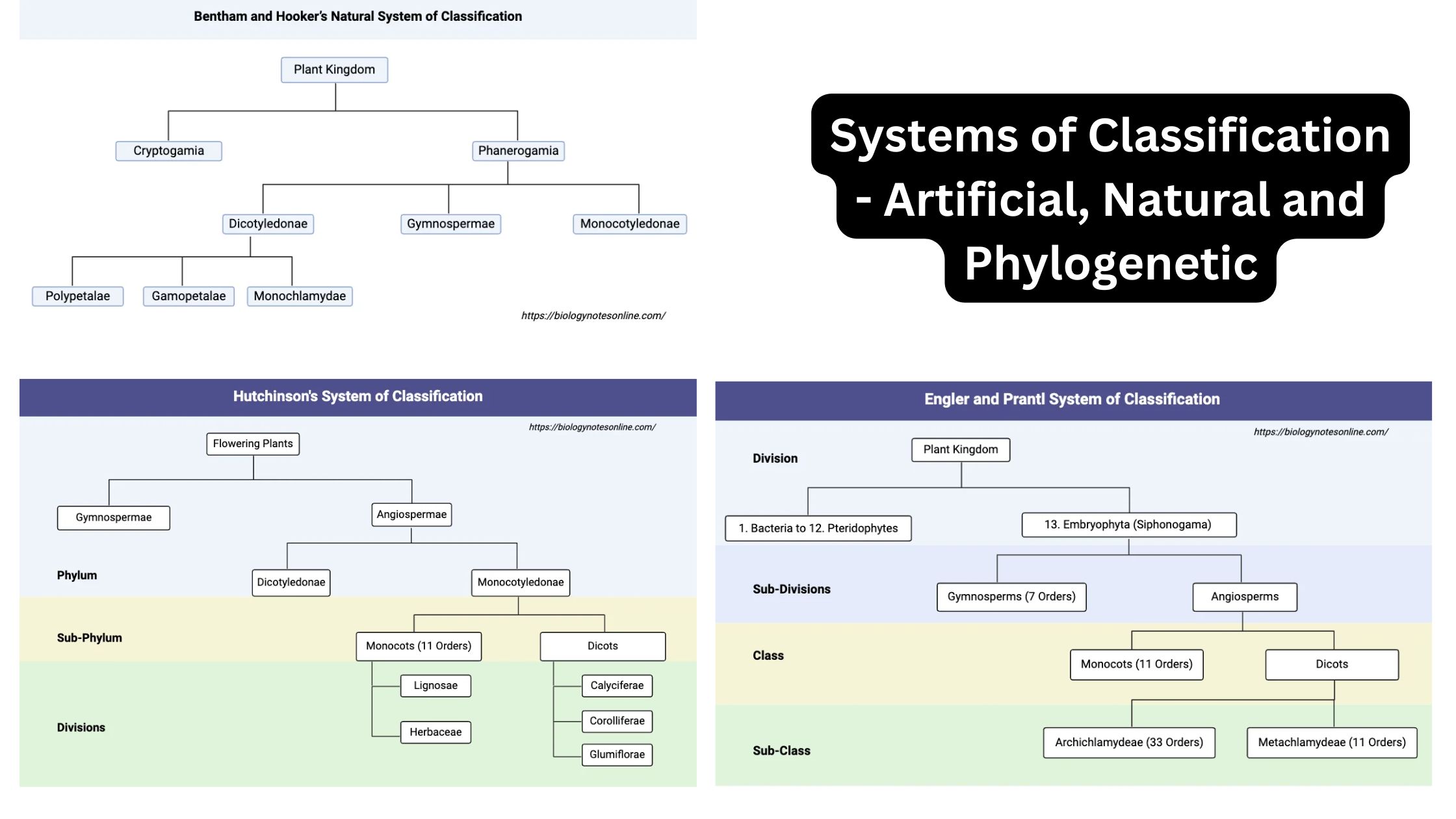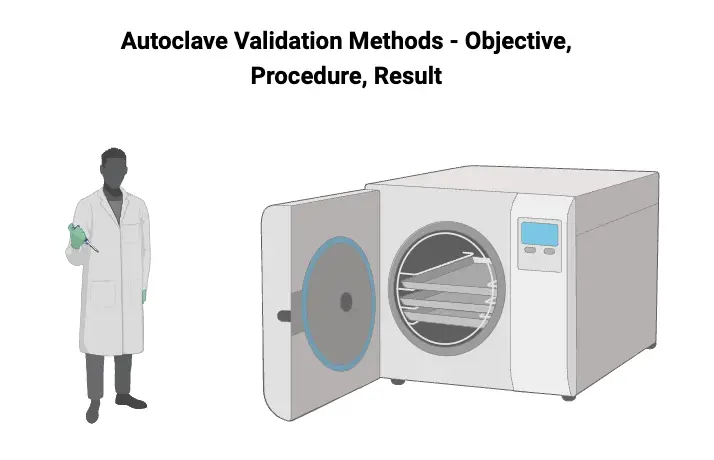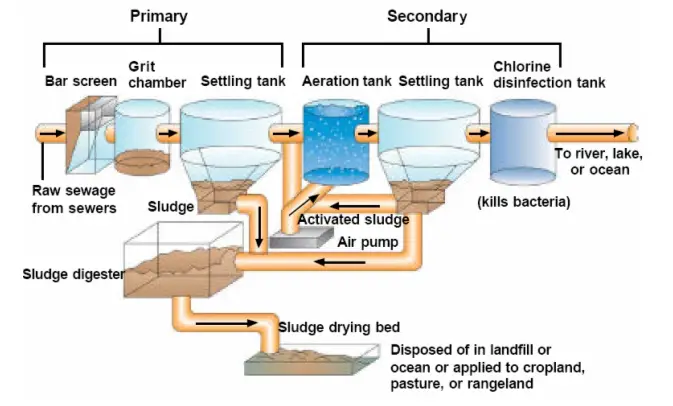500+ Biology Crossword Puzzle With answer Key Pdf Free Download
Dive into the fascinating world of biology with our engaging crossword puzzle designed to test and enhance your knowledge of cellular concepts! This crossword puzzle covers key terms, processes, and structures related to biology, making it a great educational tool for students, teachers, and enthusiasts alike. Whether you’re preparing for an exam, looking for a … Read more

